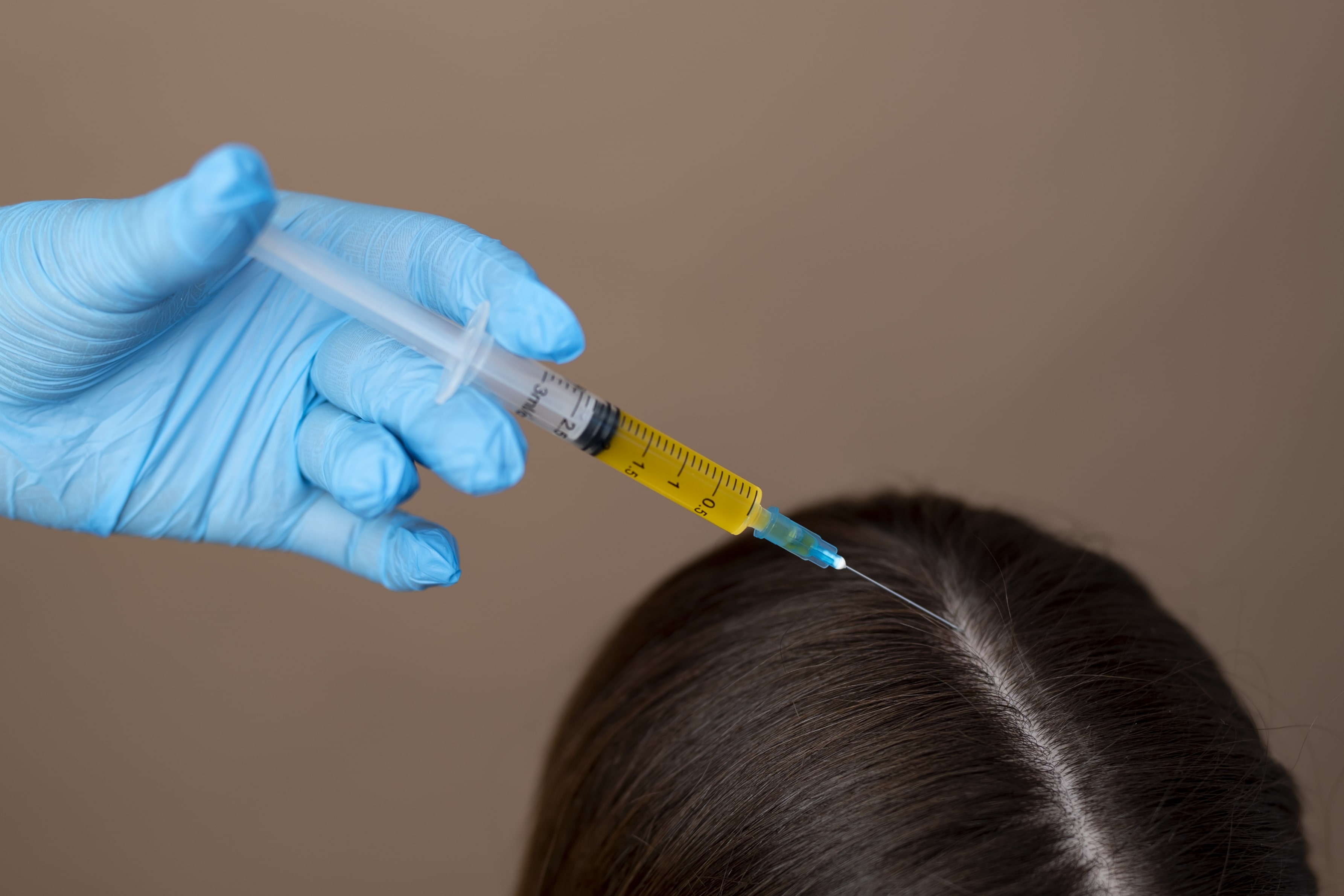Understanding the Recovery Process After Women’s Hair Transplant Surgery in Dubai

Hair transplant surgery has become an increasingly popular solution for women experiencing hair loss in Dubai. While the procedure itself is crucial, understanding the recovery process is equally important for achieving optimal results. This article will guide you through the various stages of recovery, what to expect, and how to ensure the best possible outcome.
Immediate Post-Surgery Period (Days 1-3)
The first few days after the surgery are critical for proper healing. Patients can expect:
- Bandages: The surgical site will be covered with bandages to protect the newly transplanted grafts.
- Swelling: Some swelling around the forehead and eyes is normal and usually subsides within 3-4 days.
- Pain management: Mild discomfort is common, but prescribed pain medication can help manage any pain.
- Sleeping position: Patients are advised to sleep with their head elevated to reduce swelling.
- Activity restriction: It's crucial to avoid strenuous activities and protect the scalp from direct sunlight.
First Week Post-Surgery
During this period, patients will start to see initial signs of healing:
- Removal of bandages: The surgeon will typically remove the bandages and provide instructions for gentle cleaning.
- Scabbing: Small scabs will form around the transplanted follicles, which is a normal part of the healing process.
- Shedding: Some of the transplanted hair may shed, which is expected and doesn't affect the final results.
- Return to work: Most patients can return to non-strenuous work after 5-7 days.
- Avoiding hair products: Patients should refrain from using regular shampoos or styling products during this time.
Weeks 2-4 Post-Surgery
This period marks the transition to a more normal routine:
- Scab removal: Most scabs will naturally fall off by the end of the second week.
- Resuming regular hair washing: Patients can usually return to their normal hair washing routine, using gentle, surgeon-approved products.
- Continued shedding: The shedding phase may continue, which is part of the natural hair growth cycle.
- Gradual return to exercise: Light exercise can typically be resumed, but patients should avoid activities that cause excessive sweating or scalp trauma.
- Follow-up appointment: A check-up with the surgeon is common during this period to assess healing progress.
Months 1-3 Post-Surgery
This phase is characterized by patience as visible results are not yet apparent:
- Shock loss: Some patients may experience temporary shedding of existing hair, known as shock loss, which is usually temporary.
- Scalp sensitivity: The scalp may still be sensitive to touch and temperature changes.
- Resuming normal activities: Most patients can return to all regular activities, including more strenuous exercise.
- Hair care routine: Patients can typically resume their normal hair care and styling routines, but should be gentle with the transplanted area.
- Emotional preparation: It's important to understand that visible growth has not yet begun, which can be emotionally challenging for some patients.
Months 3-6 Post-Surgery
This period marks the beginning of visible results:
- New growth: The transplanted follicles begin to produce new hair growth, typically starting around the 3-4 month mark.
- Texture and appearance: The new hair may initially appear fine and wispy but will gradually thicken.
- Continued care: Patients should continue to protect their scalp from excessive sun exposure.
- Styling considerations: As new hair grows, patients may need to adjust their styling techniques to accommodate the changing hair patterns.
- Follow-up appointment: Another check-up with the surgeon is common to assess the initial growth phase.
Months 6-12 Post-Surgery
This is the period of significant improvement and visible results:
- Substantial growth: Most patients will see considerable hair growth and improved density.
- Hair characteristics: The new hair will continue to thicken and may develop a more natural wave or curl.
- Blending: The transplanted hair will begin to blend more seamlessly with existing hair.
- Styling options: Patients can explore more varied styling options as hair density improves.
- Final results: While improvements continue, many patients will see close to their final results by the end of the first year.
Long-Term Care and Maintenance
To ensure the longevity of the transplant results:
- Continued hair care: Maintaining a healthy scalp and hair care routine is essential for long-term success.
- Addressing ongoing hair loss: Some patients may need to consider treatments to prevent further loss of non-transplanted hair.
- Follow-up treatments: In some cases, additional procedures may be recommended to enhance density or address continued hair loss.
- Lifestyle factors: Maintaining a healthy diet, managing stress, and avoiding harmful hair practices can contribute to overall hair health.
- Regular check-ups: Periodic visits to the surgeon or a trichologist can help monitor the long-term success of the transplant.
Conclusion
The recovery process after a Women’s Surgical Hair Loss Treatments in Dubai is a journey that requires patience, care, and understanding. While the immediate post-surgery period demands the most attention, the entire process spans several months as the transplanted hair grows and matures. By following the surgeon's instructions, maintaining realistic expectations, and committing to long-term hair health, patients can achieve satisfying and natural-looking results. It's important to remember that each individual's recovery may vary, and open communication with the surgical team throughout the process is key to addressing any concerns and ensuring the best possible outcome.
- Industry
- Art
- Causes
- Crafts
- Dance
- Drinks
- Film
- Fitness
- Food
- Spiele
- Gardening
- Health
- Home
- Literature
- Music
- Networking
- Other
- Party
- Religion
- Shopping
- Sports
- Theater
- Wellness
- News


